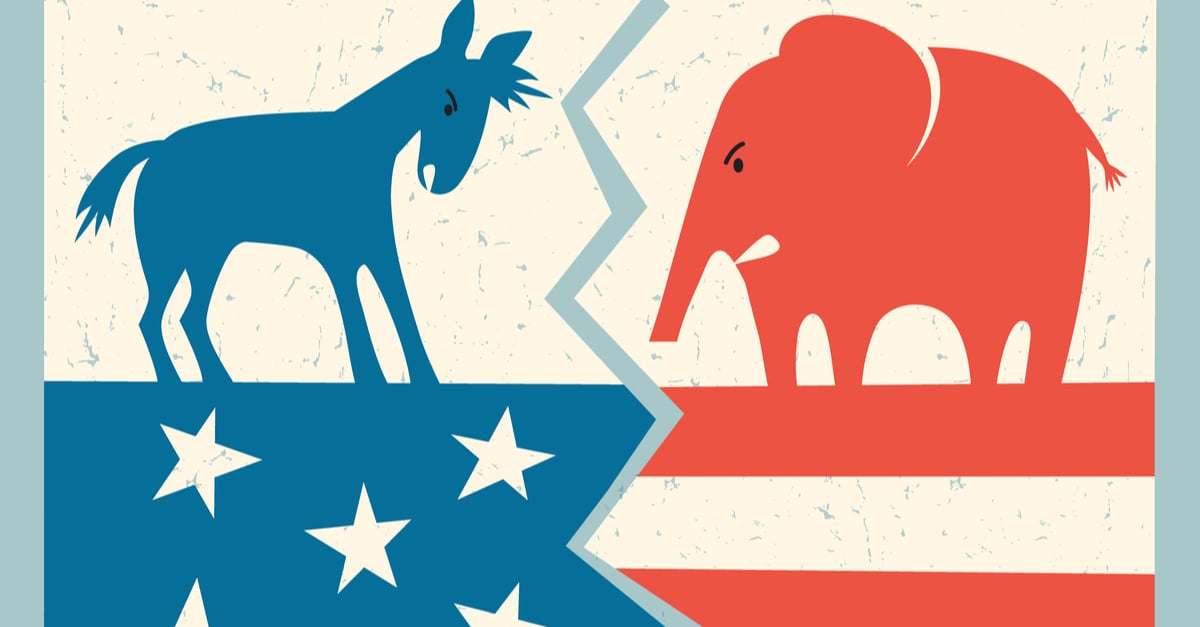Technology like artificial intelligence, machine learning, and predictive analytics are transforming Human Resources information systems. The change is happening so rapidly that even those who updated their human capital management (HCM) systems as recently as five years ago likely aren’t up-to-speed on the changes.
The pace of change is reflected in the growth of human resources technology: In 2020, the global human resource management market comprised sales of $17.6 billion, with estimated annual growth of 12.2% through 2028.
Many HR managers and executives simply don’t know what’s possible, making it difficult to upgrade even antiquated systems. The future for HCM is bright, but not all HR departments can yet see the possibilities in the new systems.
Our HR Technology Specialty Practice experts are well-versed in helping employers navigate this ever-evolving landscape of HCM technology. Here are a few steps to follow as you begin your journey towards upgrading your HR tech.




![[Complex Health Benefits] The Impact on Employee Productivity & Well-Being - Featured Image](https://www.griffinbenefits.com/hubfs/complex-health-benefits.jpg)












